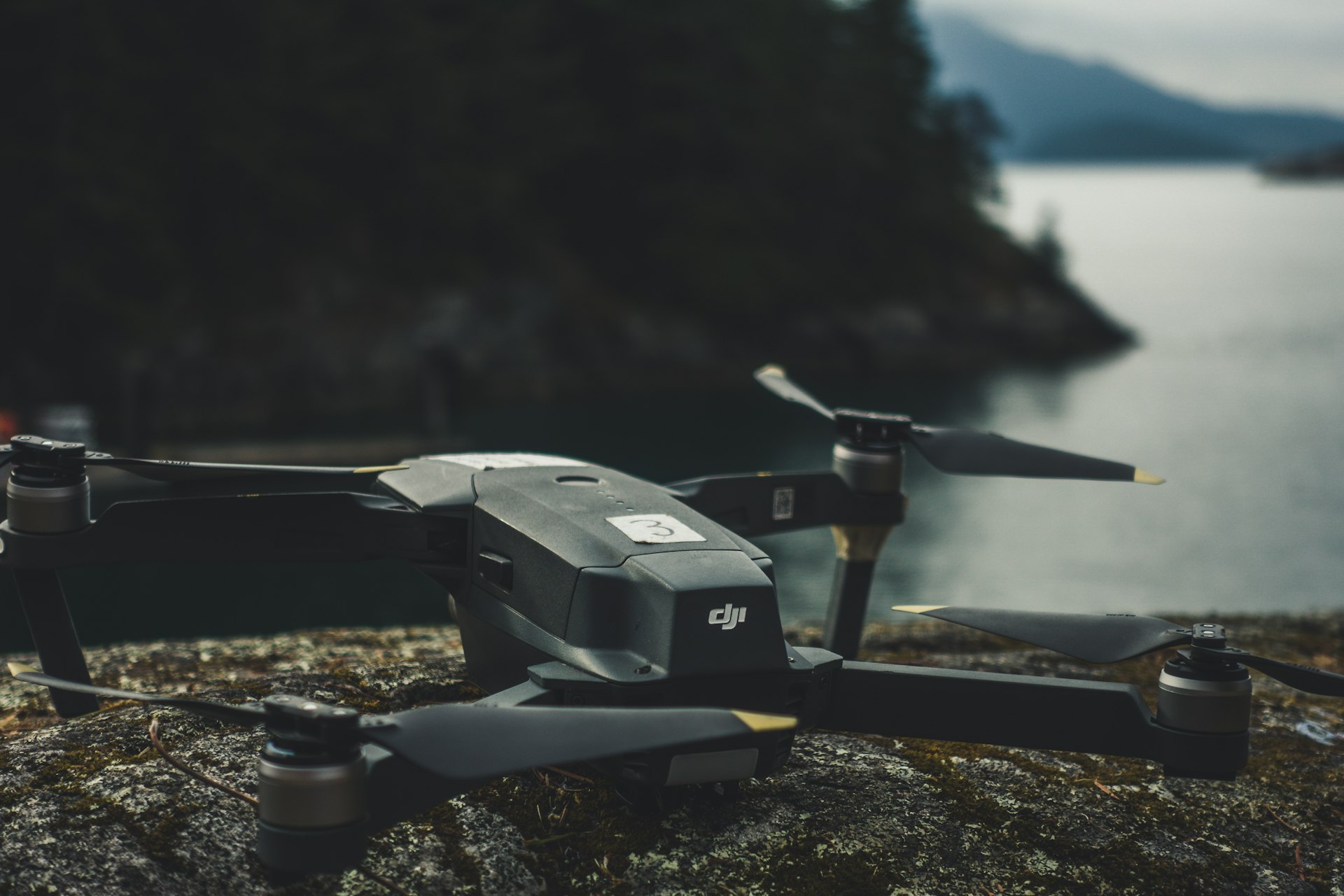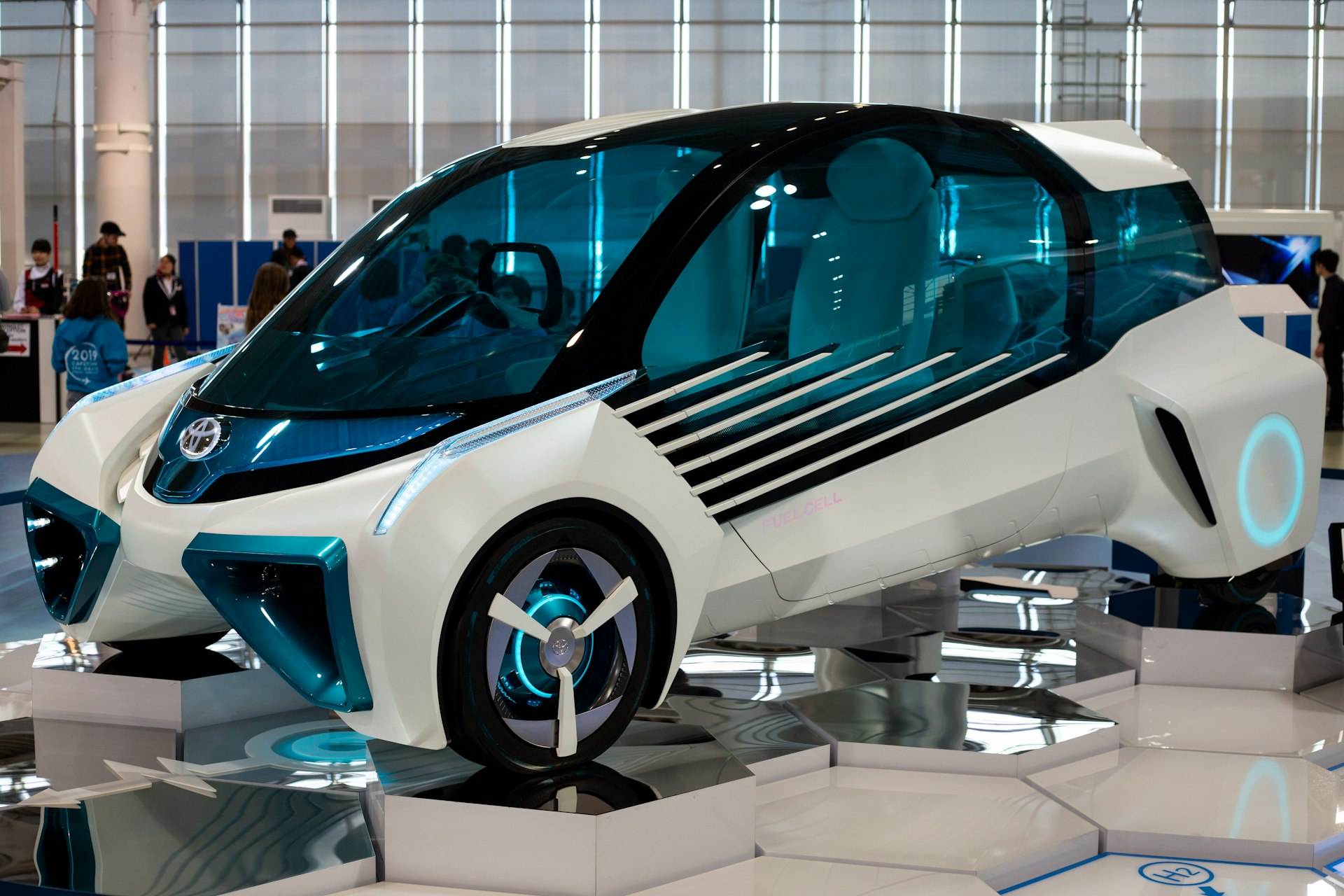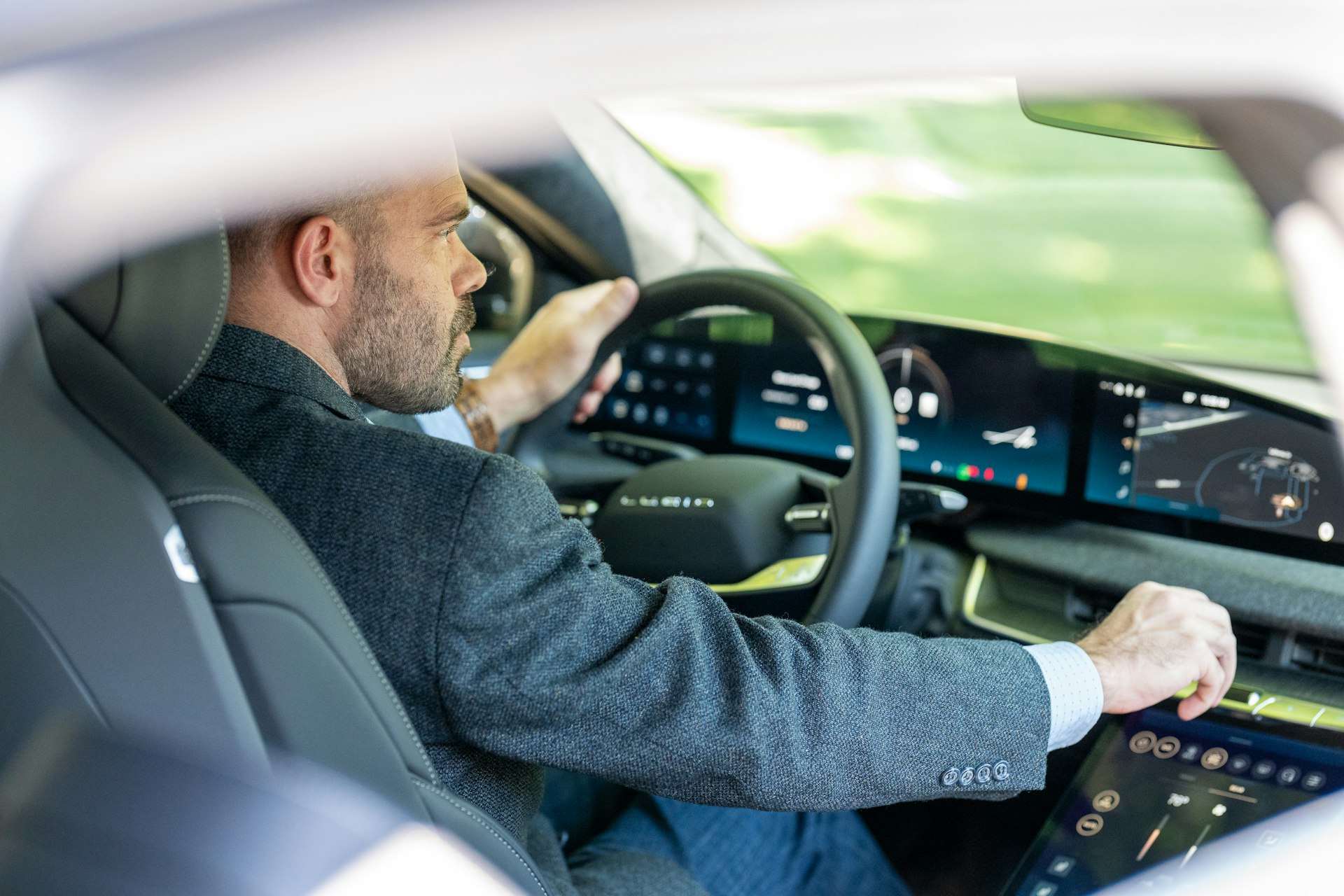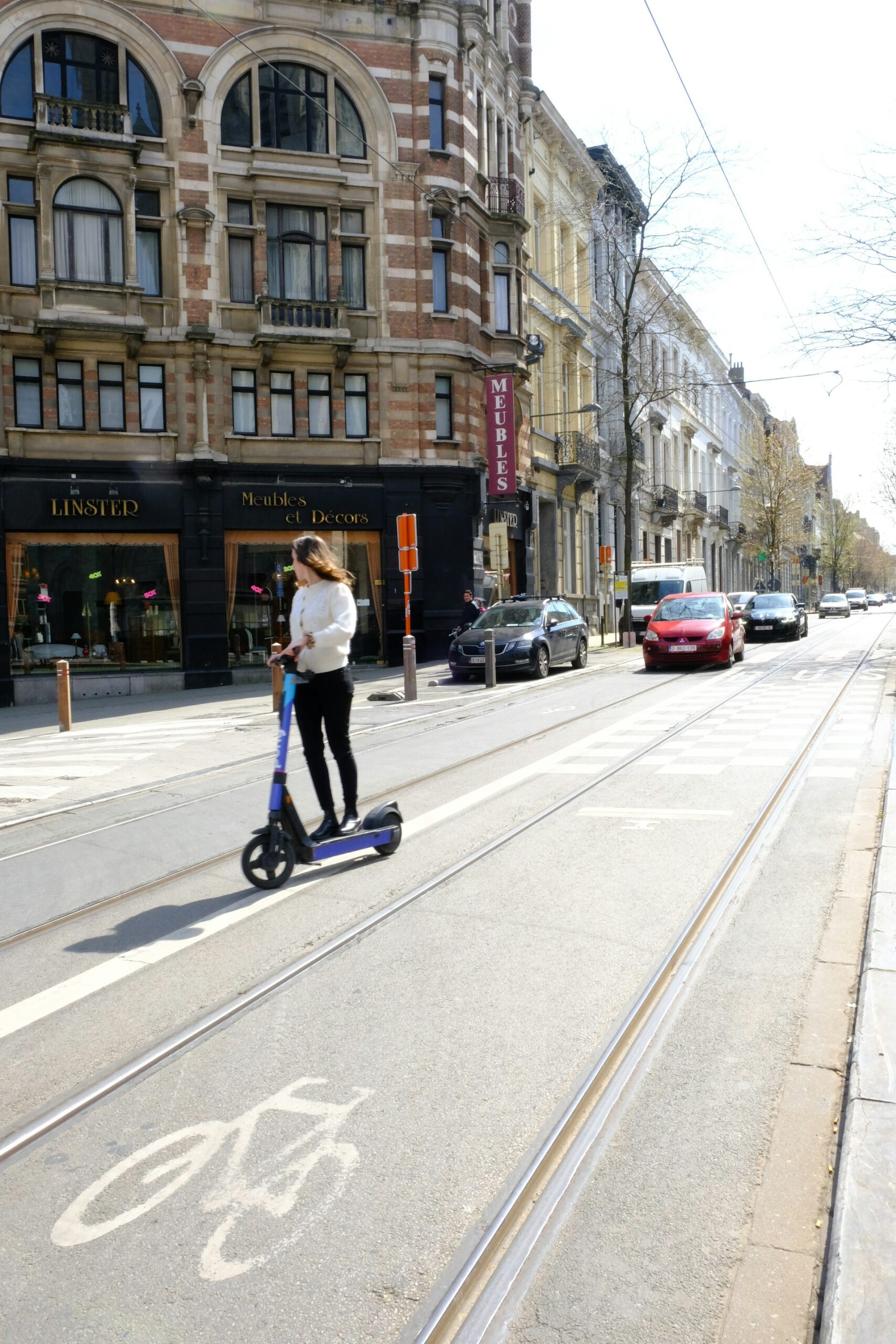A Detailed Comparison of Fast-Charging Speeds Among Leading Electric Vehicles

Photo by Jan Kopřiva on Unsplash
Introduction: Fast-Charging as a Decisive EV Metric
As electric vehicles (EVs) become mainstream, fast-charging speed has emerged as a crucial factor for both daily drivers and long-distance travelers. With the expansion of fast-charging infrastructure and improvements in battery technology, leading automakers are racing to deliver EVs that can quickly replenish range and reduce time spent at charging stations. This article provides a comprehensive, data-driven comparison of fast-charging speeds among the most prominent 2025 EV models, actionable guidance for evaluating your options, and insights on accessing reliable charging services.
Understanding Fast-Charging Metrics
“Fast-charging” typically refers to DC (Direct Current) fast charging, which delivers much higher power than standard AC Level 2 chargers. Key metrics to evaluate include:
- Peak Charging Power (kW): The maximum rate at which an EV can accept power from a charger. Higher numbers generally mean faster charging, though the actual rate depends on the charger and battery state.
- Time to Add 100 Miles: A practical metric that measures how long it takes to add 100 miles of range, accounting for differences in battery size, efficiency, and charge curve [1] .
- Miles Added per Minute: An alternative metric that helps compare the real-world impact of charging speeds across models [3] .
It’s important to note that actual charging speeds can fluctuate based on battery temperature, charger capability, and the vehicle’s current state of charge. Charging rates typically slow once the battery reaches about 80% capacity.
Top Fast-Charging EVs for 2025: Key Players
Several 2025 models stand out for their fast-charging capabilities, offering drivers a variety of options depending on budget, range needs, and driving habits. Here are some leading examples, with specifications verified from authoritative sources:
Hyundai IONIQ 5 and IONIQ 6
The Hyundai IONIQ 5 and IONIQ 6 are recognized for their advanced 800V electrical architecture, enabling peak DC charging rates up to 235 kW (IONIQ 5) and 200 kW (IONIQ 6) [4] . Under ideal conditions, both can add approximately 10-15 miles of range per minute at a 350 kW charger [3] . Real-world examples show the IONIQ 5 recharging from 10% to 80% in as little as 18 minutes , making it a top pick for drivers who value minimal pit stops.
Kia EV6 and EV4
The Kia EV6 shares Hyundai’s 800V platform and boasts a similar maximum charging rate of up to 233 kW . The newly launched Kia EV4 Hatchback (81.4 kWh battery) supports 105 kW fast charging, balancing price and performance for mainstream buyers [4] . Both models can achieve rapid charge times, with the EV6 typically reaching 10-80% charge in under 20 minutes at compatible stations.
Tesla Model 3, Model Y, Model S, and Model X
Tesla’s Supercharger network and proprietary battery management systems enable the Model 3, Model Y, Model S, and Model X to add up to 11-15 miles per minute under optimal conditions [3] . The latest Tesla Model 3 supports a peak charging rate of 250 kW, while the Model S and X can accept up to 250 kW. Tesla’s ecosystem allows owners to seamlessly locate high-speed chargers through the vehicle’s navigation system. For travelers, the combination of vehicle efficiency and Supercharger access remains a significant advantage.
Lucid Air
The Lucid Air has set benchmarks for both range and charging power. With a peak acceptance rate of up to 300 kW , it can add over 300 miles in about 20 minutes under optimal conditions [3] . This ultra-fast charging, paired with a long EPA-rated range, makes the Lucid Air a compelling choice for road trippers seeking both speed and endurance.
Porsche Taycan
The Porsche Taycan features 800V architecture and supports up to 270 kW charging, allowing a 5% to 80% charge in just over 20 minutes [3] . Real-world tests confirm consistent high-speed charging, especially at dedicated 350 kW stations.
Rimac Nevera (Performance Benchmark)
At the extreme end, the Rimac Nevera hypercar demonstrates what’s possible, with a 350 kW peak charging rate and the ability to charge from 0-80% in just 25 minutes, despite a massive 120 kWh battery [2] . While not practical for most buyers, it sets a new bar for EV technology.
Evaluating Real-World Charging Experiences
Fast-charging performance isn’t just about specifications. Actual experiences depend on factors such as:
- Compatibility with available charging infrastructure (e.g., 350 kW chargers vs. 150 kW)
- Software and battery preconditioning (some vehicles, like Teslas, preheat batteries for optimal charging)
- Charging curve (how the charging speed slows as the battery fills)
- Environmental conditions (temperature can impact charging rates)
Many EV owners report that the most consistent fast-charging experiences occur on networks designed for high power delivery, such as Tesla Superchargers and select Electrify America locations. To maximize charging speed, plan routes around these high-capacity stations and check for real-time status via manufacturer apps or third-party platforms.
How to Access Fast-Charging Services
Accessing fast-charging for your EV involves a few key steps. Here’s how you can get started and ensure you’re making the most of your vehicle’s capabilities:
- Confirm Vehicle Compatibility: Check your vehicle’s documentation or manufacturer website for supported charging rates and connector types. Not all models support the fastest charging speeds.
- Register with Charging Networks: For non-Tesla vehicles, consider signing up for major networks such as Electrify America, ChargePoint, or EVgo. You can download their official apps to locate stations, check availability, and initiate charging sessions. For Tesla vehicles, Supercharger access is integrated via the car’s interface.
- Plan Ahead: Use your vehicle’s navigation or third-party apps to find stations capable of delivering your car’s peak charging rate. If you need to travel across regions, research charging corridors in advance and identify locations with 150 kW or 350 kW units.
- Prepare for Variability: Charging speeds may be lower than advertised during high demand, in cold weather, or if battery state-of-charge is high when you start. Arriving with a low battery (ideally 10-20%) and preconditioning when possible can help maximize charge rate.
- Optimize Payment and Access: For seamless charging, link payment methods in advance within network apps or your vehicle’s system. Some automakers offer bundled charging credits with new vehicle purchases-ask your dealer for details.
For more personalized guidance, consult your vehicle’s owner’s manual or official support channels. If you’re considering an EV purchase, visiting an official dealer and requesting a demonstration of fast-charging procedures can provide hands-on insights.
Challenges and Solutions in Fast-Charging Adoption
While fast-charging has improved rapidly, some challenges remain:
- Infrastructure Gaps: Not every region has widespread high-speed chargers. Urban and highway corridors tend to have better coverage, while rural areas may lag.
- Charger Reliability: Occasional hardware malfunctions or network outages can disrupt travel plans. Checking station status before arrival using official network apps can reduce surprises.
- Cost Variability: Fast-charging is often more expensive than home charging. Rates can vary widely by network and location. Some automakers offer initial free charging periods-verify with your dealer.
To overcome these barriers, EV drivers are encouraged to:
- Regularly update charging network apps for the latest coverage and outage alerts
- Consider home charging for daily use, reserving fast-charging for trips
- Join online EV communities to share experiences and locate newly installed high-speed stations
Alternative Approaches and Additional Considerations
If your travel patterns rarely require rapid long-distance charging, you may prioritize vehicle efficiency, comfort, or price over absolute charging speed. For city dwellers or those with short commutes, even slower-charging models such as the Fiat 500e can be practical and affordable [1] . Conversely, if frequent road trips are essential, investing in a model with top-tier charging performance and robust network compatibility is recommended.
Summary: Making the Most of Fast-Charging EVs
The 2025 EV landscape offers more compelling, fast-charging choices than ever before. Leading models from Hyundai, Kia, Tesla, Lucid, Porsche, and even high-performance brands like Rimac are minimizing downtime and maximizing mobility. By understanding core metrics, planning routes around reliable infrastructure, and leveraging official resources, drivers can confidently choose an EV that matches their lifestyle and charging needs.
If you’re considering an EV purchase, visit official manufacturer websites, consult your dealer about bundled charging offers, and use verified network apps to plan your charging strategy. You can also search for “EV fast-charging comparison” on Consumer Reports or visit the official Electrify America and Tesla websites for up-to-date charging station maps and model compatibility information. For further assistance, contact your chosen automaker’s customer support or consult local EV advocacy groups for community-based guidance.

Photo by Luke Miller on Unsplash
References
- [1] Recurrent Auto (2025). Fastest Charging EVs by Size: Empirical test results and methodology.
- [2] CarBuzz (2025). The Quickest Charging EVs You Can Buy In 2025: Performance, specs, and charging times.
- [3] Consumer Reports (2025). How Long Does It Take to Charge These Popular Electric Vehicles?
- [4] EV Database (2024). Compare Fast-Charging Electric Vehicles: Range, power, and charging metrics.
- [5] TrueCar (2025). 20 Fastest Charging Electric Vehicles for 2025: Model comparisons and specifications.
MORE FROM ismath.net













